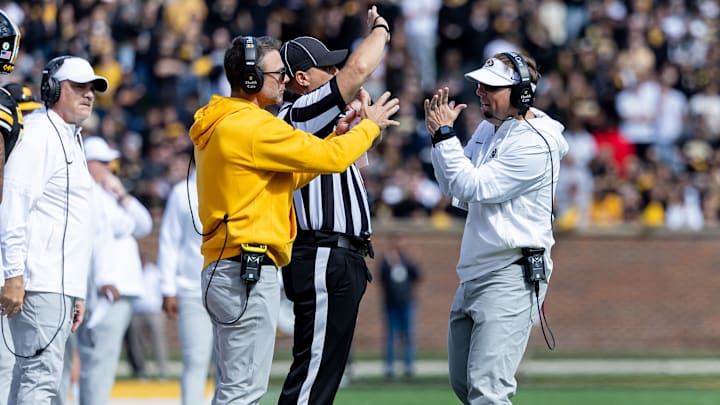When millions of fans sit in front of their TVs to watch Week 1 of college football, they will notice something different about the final moments of each half.
Many people noticed that the clock would stop at the two-minute mark of the second and fourth quarters, similar to how the clock stops in the NFL.
However, instead of it being referred to or treated as a "two-minute warning," the NCAA is insisting that it is specifically a "two-minute timeout."
So, what's the difference?
During Week 0, Chris Vannini did some digging but his findings were genuinely nothing more than semantics.
When the NCAA announced the "2-minute timeout," I asked coordinator of officials Steve Shaw why they didn't use "warning." He said because it's not a warning like it originally was created for in the NFL.
— Chris Vannini (@ChrisVannini) August 25, 2024
I said, "OK but everyone is going to call it the two-minute warning." https://t.co/MUyHtlxkmB
The key takeaway, in my mind, is that instead of it being a warning that just two minutes remain and a commercial break taking place, which lasts longer than regulation timeouts, it is a very set stoppage of play.
The official timeout will come at the two-minute mark at the end of each half, also considered the end of the second and fourth quarters, or as soon as play stops after the two-minute mark.
After the break, the clock will stop following a first down and a ten-second runoff can be imposed following pre-snap penalties while the clock is running.
This two-minute timeout creates another stoppage of play for teams where the coaches or players don't have to burn their own timeouts.
